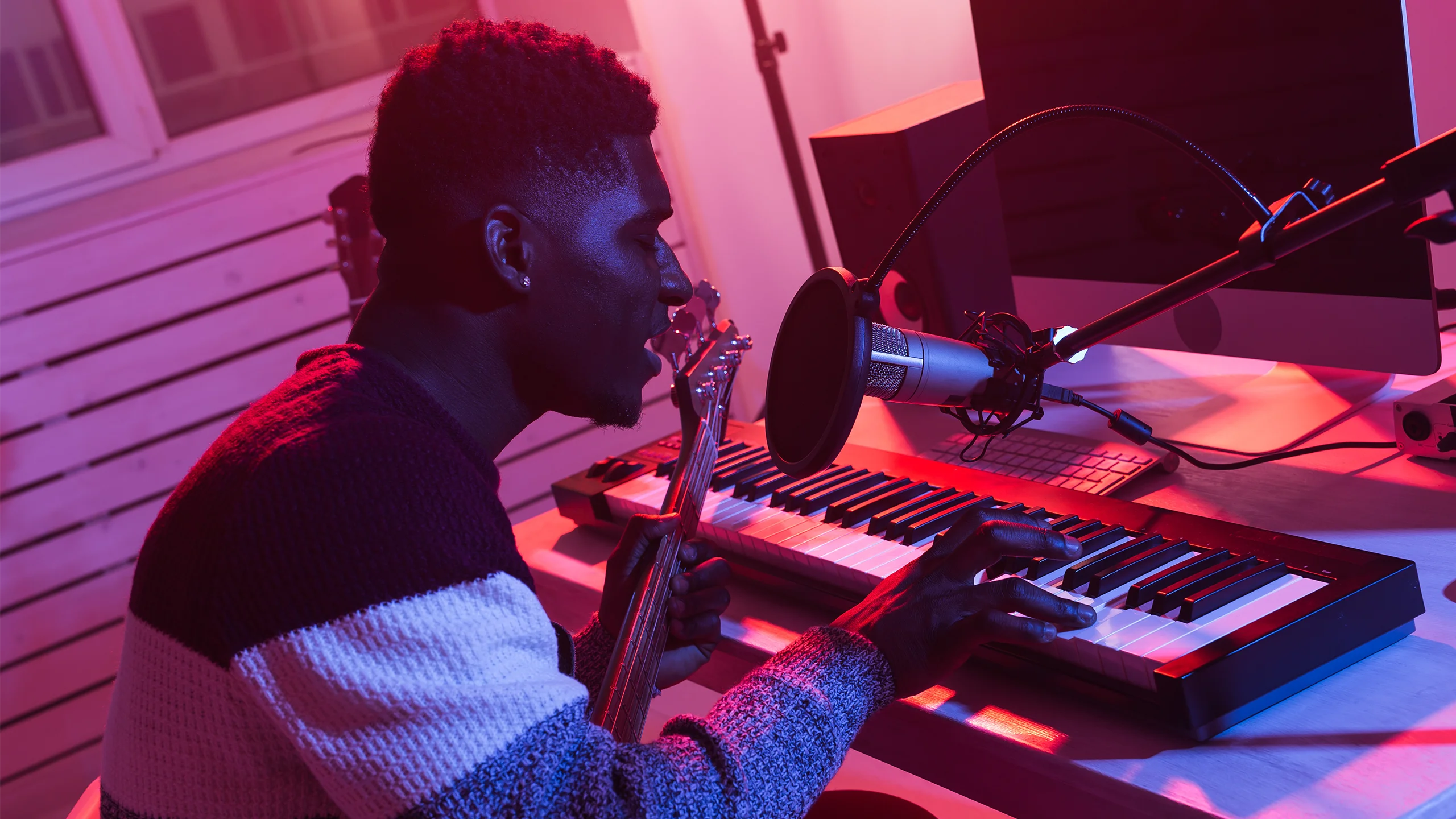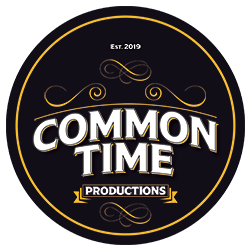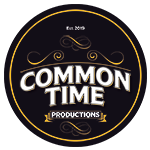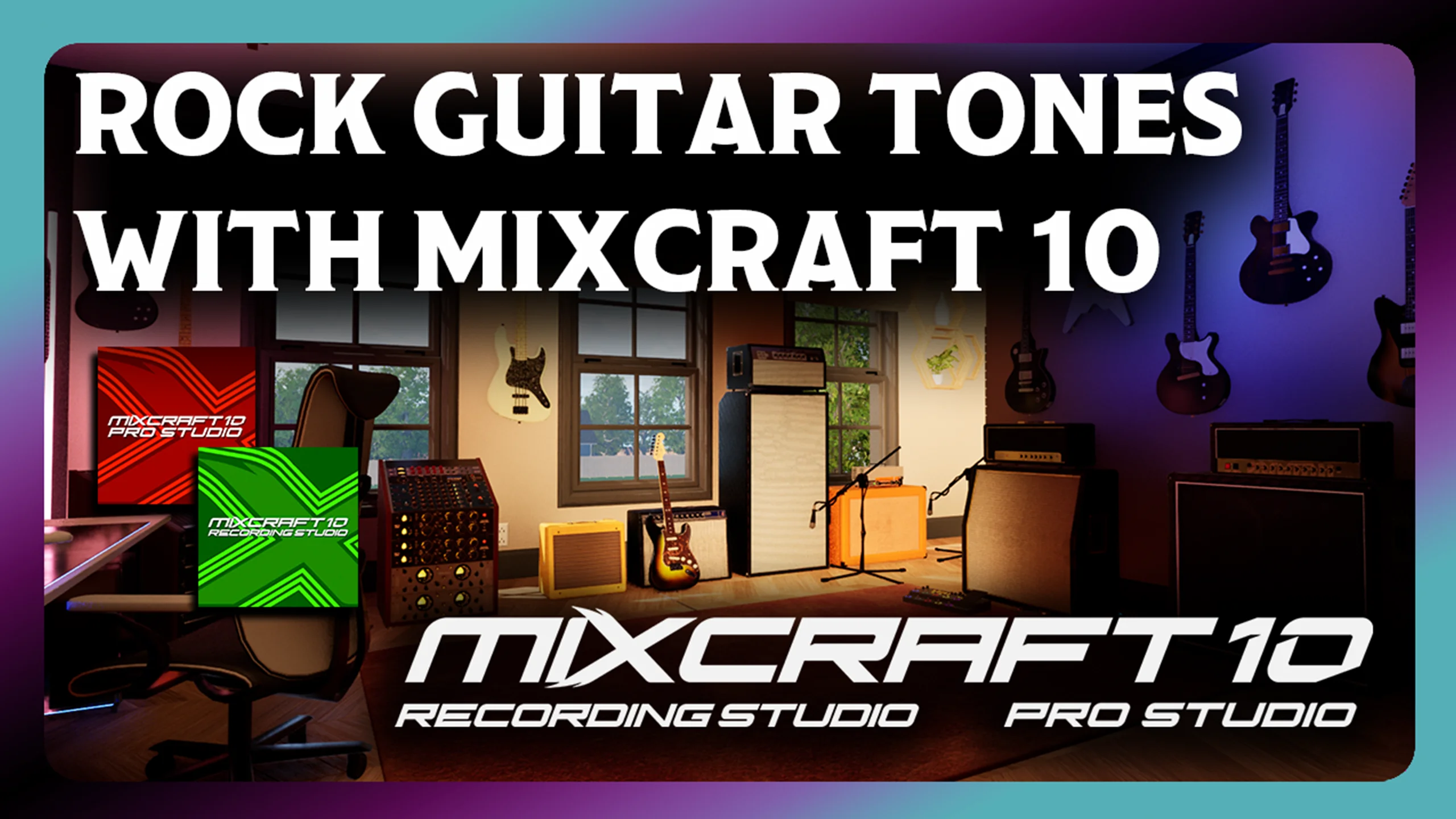Greetings and salutations! Today, I’m diving deep into a topic close to my heart and crucial for any guitarist. How to achieve the perfect guitar tone. My journey has been long and filled with various trials and errors, however it has led me to discover the sounds that truly resonate with me. Join me as we delve into my rock guitar tone journey, exploring the nuances from stage to studio.
My Early Years: Starting Small
Like most guitar enthusiasts, my journey began modestly. Armed with a 15-watt practice amp, a Yamaha student electric guitar, and a grunge distortion pedal, I was convinced my setup sounded “RAD.” However, as my skills and musical ear developed, additionally so did my dissatisfaction with my basic gear.
Chasing the Tone: The Quest for Better Sound

Over the years, I experimented relentlessly, switching from modeling amps to boutique amps. Despite the upgrades, I struggled with a sound I described as “bees in a tin can.” This phase was marked by frustration until a studio session with a seasoned engineer opened my eyes to what was possible.
Studio Revelations: Learning from the Pros
In the studio, I had the opportunity to play through a Mesa Boogie Triple Rectifier. This was a setup that was miles apart from anything I had used before. The clarity and depth of the sound, managed by expert micing techniques and room acoustics, were revelatory. Then I began to understand that achieving great tone was more complex than I had initially thought.
Home Recording: Bridging the Gap

Despite my breakthroughs, replicating studio-quality sound at home was challenging. My journey took a pivotal turn when I discovered online resources like Warren Huart’s Produce Like a Pro Academy. Engaging with these tutorials and direct mentorships helped me refine my recording techniques, emphasizing the critical role of mic placement and signal alignment.
Technical Deep Dive: Mic Techniques and Mixcraft
Dual Micing:
Using a combination of close and distant micing techniques to capture both the immediacy and the ambiance of the guitar tone.
Phase Alignment:
Ensuring the mic and direct input signals are time-aligned to prevent phase cancellation.
In-the-Box Recording:
Simulating my live setup in Mixcraft to maintain the energy and authenticity of my guitar tone.
Conclusion
The quest for the perfect guitar tone is a continuous journey, but with the right tools and knowledge, it’s a rewarding one. Through trial and error, mentorship, and a lot of experimentation, I’ve found techniques that work for me, and I hope they can help you too.
If you would like to learn about the history of songwriting, check out this link that will take you to an article all about songwriting from past to present!
About The Author

Sam Geiver
Sam is an experienced studio manager and assistant producer at CommonTime Productions, bringing over 30 years of expertise in playing guitar, bass, keyboards, and vocals. He thoughtfully teaches guitar and Mixcraft mixing, and as a lead engineer for mobile recordings, skillfully handles microphone setups, ensuring top-quality sound capture.



Leave A Comment